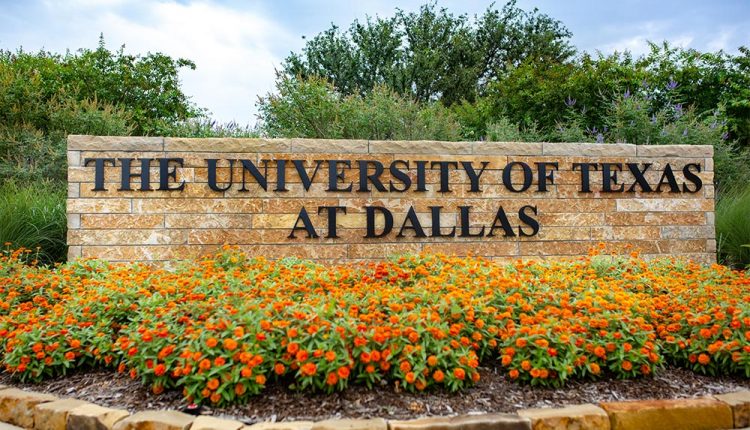Geospatial Mapping Taken In Utilization To Help Burn Patients
University of Texas at Dallas researchers are using geospatial mapping techniques to identify social and environmental obstacles in communities that might impede burn injury survivors’ reentry into society.
The project is designed to help patients with burn injuries better adapt to their lives after medical discharge, including improving patient access to transportation, employment, food and other necessities.
Dr. Richard Scotch
“Our study looks at how people who survive burn injuries reenter the community,” said Dr. Richard Scotch, program head of sociology and a professor of public policy and political economy in the School of Economic, Political and Policy Sciences (EPPS). “There is not a lot of research about community factors that serve as barriers for burn survivors.”
Scotch and Dr. Dohyeong Kim, professor of public policy, geospatial information sciences (GIS), and social data analytics and research, are working on the project with researchers affiliated with the North Texas Burn Rehabilitation Model System, a joint program of UT Southwestern Medical Center and Parkland Health & Hospital System that is funded by the National Institute on Disability, Independent Living and Rehabilitation Research (NIDILRR), which is part of the U.S. Department of Health and Human Services. The UTD and UT Southwestern researchers received a five-year, nearly $250,000 grant for their geospatial mapping project from the NIDILRR.
Established in 1962, the Parkland Burn Center, staffed by UT Southwestern physicians and Parkland health care workers, is one of the busiest and largest adult and pediatric burn units in the United States. Comprising intensive care, acute care and outpatient care, as well as clinical research programs, the comprehensive burn center is the only facility in North Texas to be verified by the American Burn Association.
Patients with burn injuries often experience a different type of recovery than patients with other kinds of injuries, Scotch said. There is risk of infection, disfigurement and disability even after discharge from the hospital, factors that can make those patients’ reentry into society more difficult.
Dr. Dohyeong Kim
Kim said some of the barriers people face might include social stigma.
“If a burn survivor has a scar on their face, it could be that social prejudice or stigma prevents them from finding a job,” Kim said. “Social stigma could block true reintegration into the community, even if the patient is functionally healthy.”
The North Texas Burn Rehabilitation Model System is one of only four burn model system programs in the U.S. The other sites are affiliated with the University of Washington, Harvard University and the University of Southern California. The UTD researchers will work with all four centers.
In the first three years of the study, Kim will use GIS systems to create community maps for all participating centers and gather data to identify environmental facilitators and barriers to community reentry, as well as hotspots for special intervention.
“While many studies have identified disparities in the community reintegration of people with mental illness or injuries to the brain and spinal cord, there has been little research investigating spatial factors for burn-injury survivors’ community living and participation,” Kim said.
Locating patients who need assistance and identifying the barriers they face will help the researchers pinpoint specific areas where burn-injury survivors need more community support, including medical and mental health help, social services, mentorship, job assistance and help navigating their physical environment.
“While many studies have identified disparities in the community reintegration of people with mental illness or injuries to the brain and spinal cord, there has been little research investigating spatial factors for burn-injury survivors’ community living and participation.”
Dr. Dohyeong Kim, professor of public policy, geospatial information sciences, and social data analytics and research
“In North Texas, for example, we don’t have any idea where the hotspots are where burn injury patients have difficulty with community reintegration,” Kim said. “Once we identify those, we’ll be able to understand how to help.”
In the fourth and fifth years of the study, Scotch will use the mapping results to perform community needs assessments in hotspot areas.
“We’ll use that knowledge to design better health systems,” Scotch said. “We’re hopeful we can come up with some attainable conclusions.
“GIS is a cutting-edge way to look at disability’s special factors. We talk about food deserts, where there’s no access to healthy groceries. With GIS mapping, we can also identify health deserts.”

